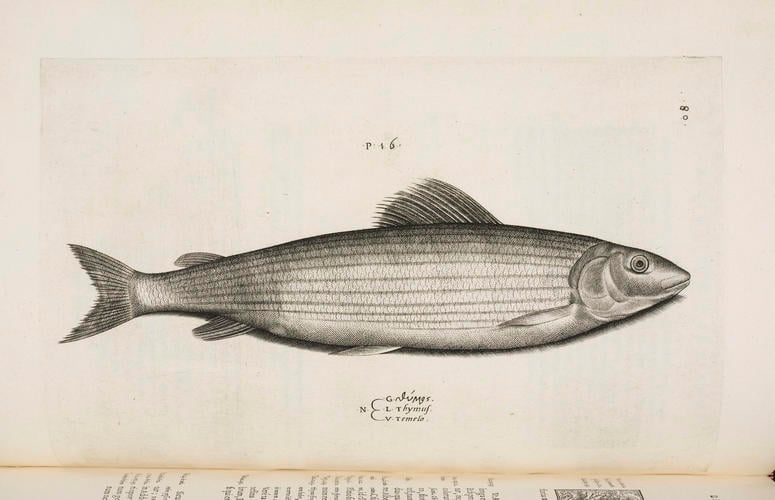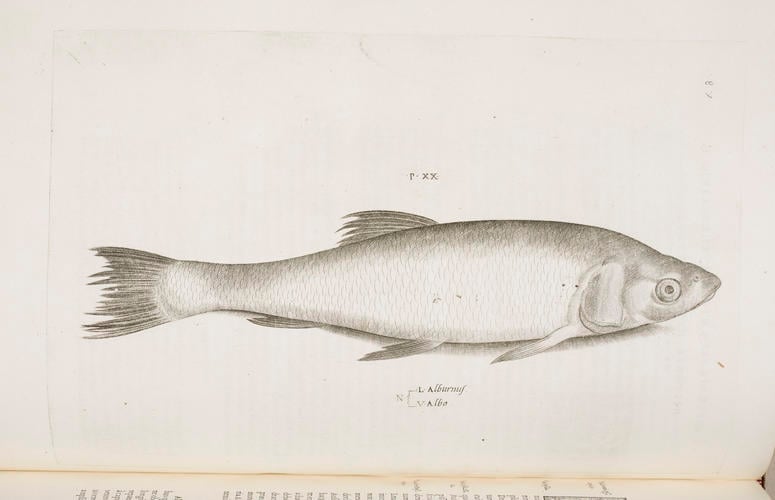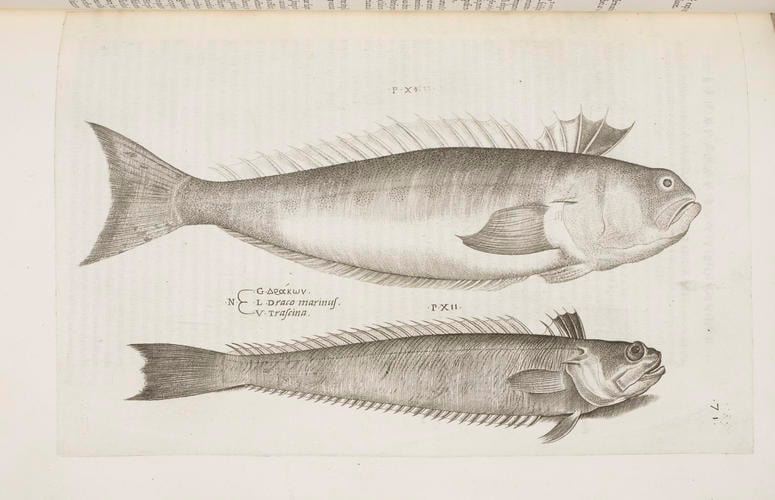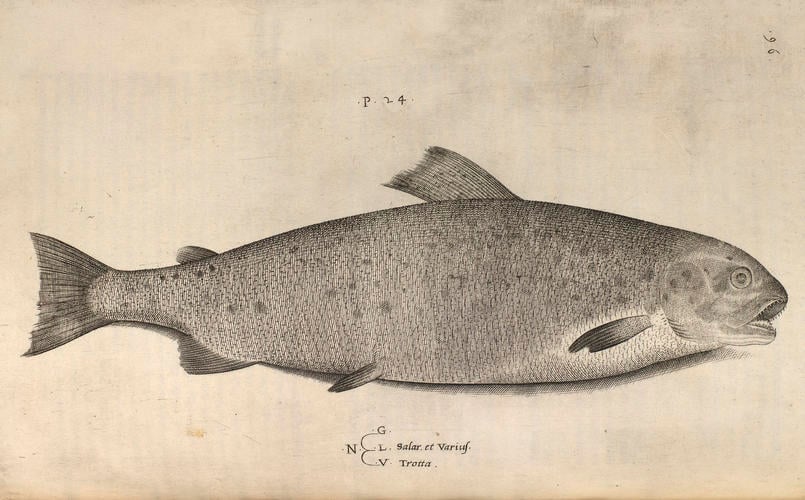-
1 of 253523 objects
Aquatilium animalium historia / Hippolyto Salviano. 1554
RCIN 1057036

Hippolito Salviani (1514-72)
Aquatilium animalium historia / Hippolyto Salviano 1554

Hippolito Salviani (1514-72)
Aquatilium animalium historia / Hippolyto Salviano 1554

Hippolito Salviani (1514-72)
Aquatilium animalium historia / Hippolyto Salviano 1554

Hippolito Salviani (1514-72)
Aquatilium animalium historia / Hippolyto Salviano 1554

Hippolito Salviani (1514-72)
Aquatilium animalium historia / Hippolyto Salviano 1554

Hippolito Salviani (1514-72)
Aquatilium animalium historia / Hippolyto Salviano 1554






-
Ippolito Salviani was one of several significant naturalists contributing to the understanding of aquatic life in the middle of the sixteenth century. He is most famous for this work, Aquatilium animalium historia (History of Aquatic Animals), one of the most important early studies of fish.
Born in central Italy, Salviani practised medicine in Rome but developed an increasing interest in natural history throughout his career. He soon came to the attention of Cardinal Cervini, later Pope Marcellus II, who became his patron. It was perhaps due to this influence that Salviani was able to acquire fresh specimens from the fish markets of Rome and to devote his time to drawing and describing Mediterranean sea-life. Salviani focused principally on fish, but he also made studies of cephalopods, which he erroneously believed to be a kind of mollusc.
He began to publish his findings at Rome in 1554 but the death of Marcellus the following year delayed matters and the work was completed in 1558. The book gave Greek, Latin and common names of each animal and contained descriptions that detailed physical characteristics and habitats. Salviani also included information on how to catch different species, their nutritional value and instructions on how to prepare them for consumption.The volume was illustrated with 81 copperplate engravings produced by the cartographer Antoine Lafréry. The innovative technique allowed Salviani to show the animals with much more detail than through woodcuts.
Provenance
Likely acquired for the Royal Library before 1860. Bears the bookplate of Queen Victoria, used 1863-1901
-
Creator(s)
(publisher) -
Place of Production
Rome [Lazio]